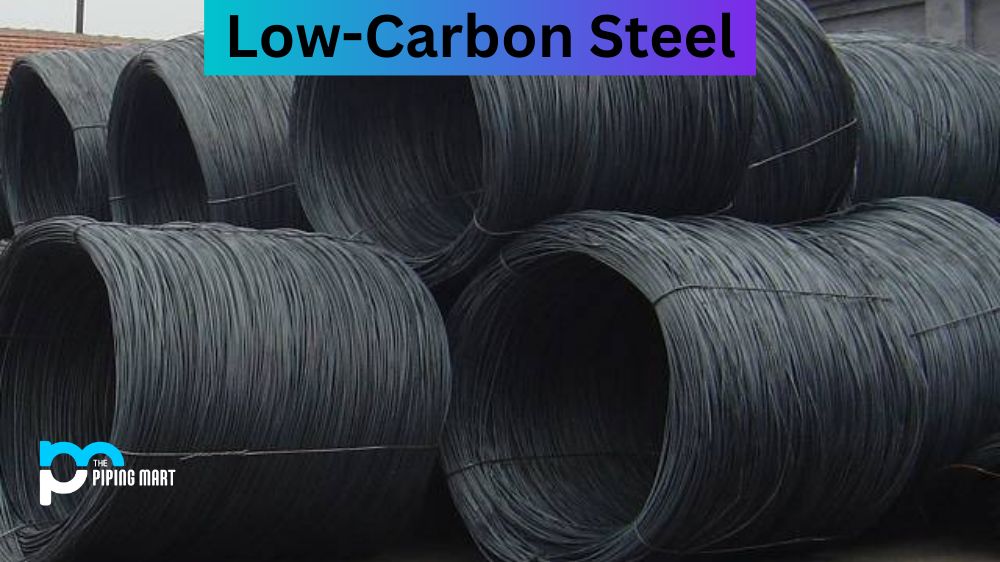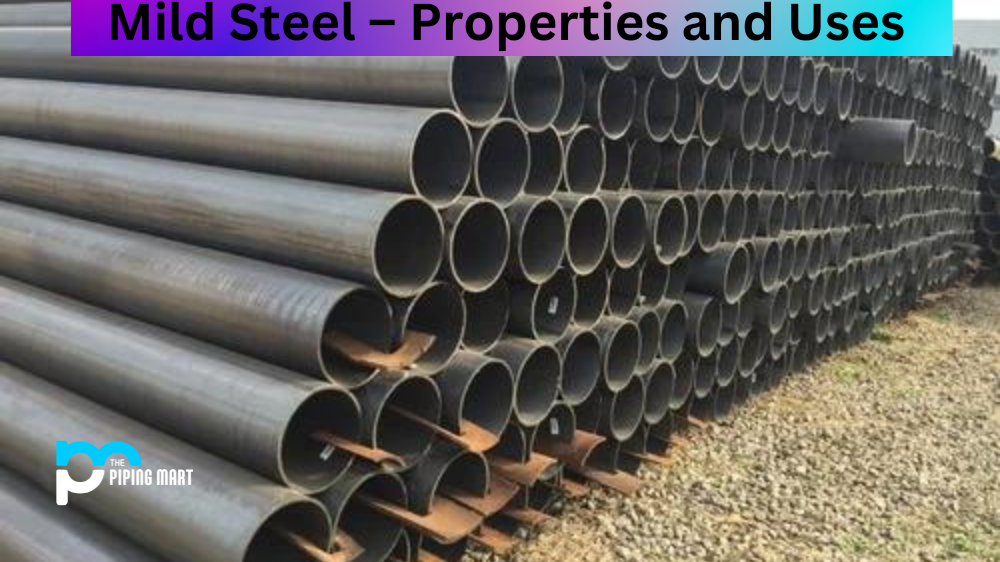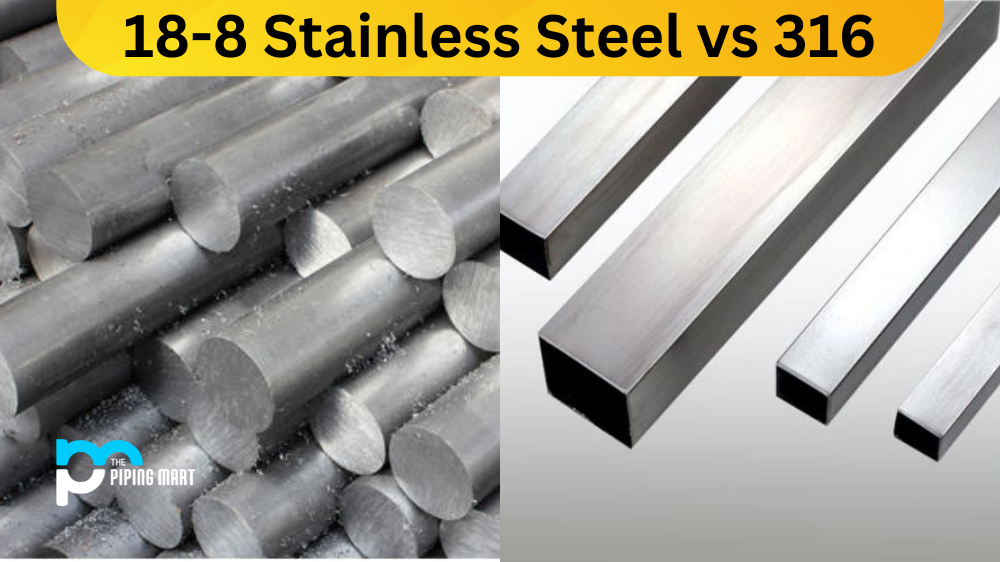Steel is among the most popular materials in construction, fabrication, and manufacturing. However, not all steel is created equal. Different types of steel exhibit other properties and are used for various purposes. Two popular types of steel are 1080 and 1045 steel. While they may sound similar, they have distinct differences that are important to know before deciding which type to use. This blog explores the differences between 1080 and 1045 steel and how they are used.
Difference Between 1080 and 1045 Steel
Composition
The main difference between 1080 and 1045 steel lies in their carbon content. 1080 steel typically contains around 0.80% carbon, while 1045 steel contains about 0.45% carbon. The higher carbon content in 1080 steel makes it harder and able to hold a sharp edge better than 1045 steel. This makes it ideal for applications where strength, durability, and cutting ability are essential, such as knives, swords, and other cutting tools.
Strength and Durability
Due to its higher carbon content, 1080 steel is more brittle than 1045 steel. Its increased hardness makes it more susceptible to cracking or breaking under stress. On the other hand, 1045 steel is more durable and less likely to fracture, making it a better choice for applications that require a high degree of toughness and resilience, such as axles, shafts, and gears.
Cost
Another difference between 1080 and 1045 steel is their cost. 1080 steel is generally more expensive than 1045 steel due to its higher carbon content and the additional steps required during the manufacturing process to refine and heat-treat it. The higher cost of 1080 steel makes it less practical for applications where cheaper alternatives can be used, such as mild steel or even 1045 steel.
Applications
Both 1080 and 1045 steel are commonly used in various applications. 1080 steel is often used for knives, swords, axe heads, and other blades where a sharp edge is crucial. It is also used in automotive parts, such as springs and connecting rods, and in construction for rebar and concrete reinforcement. Due to its durability and toughness, 1045 steel is often used for bolts, gears, shafts, and other machine parts.
Conclusion
In conclusion, 1080 and 1045 steel have distinct differences that suit specific applications. 1080 steel’s higher carbon content gives it a sharper edge for cutting applications, making it more brittle and expensive. 1045 steel is more durable and less likely to fracture, making it ideal for toughness and resilience applications. Understanding these differences can help you make informed decisions when selecting the appropriate steel for your project.

A passionate metal industry expert and blogger. With over 5 years of experience in the field, Palak brings a wealth of knowledge and insight to her writing. Whether discussing the latest trends in the metal industry or sharing tips, she is dedicated to helping others succeed in the metal industry.




